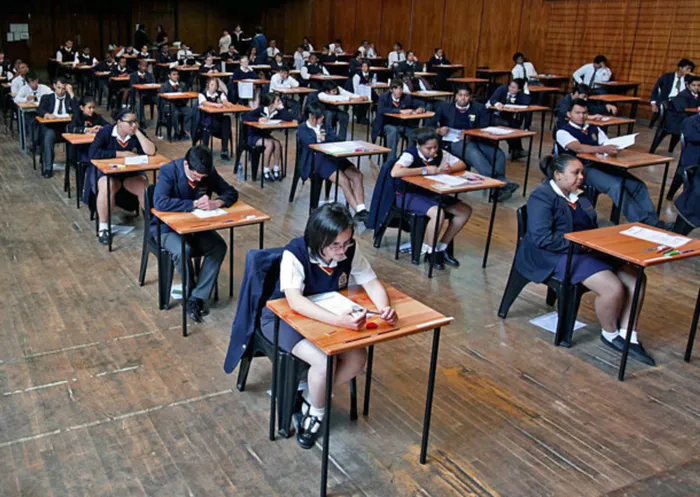Experts ‘grade’ matric exam papers

The matric exam papers have been marked. And on Wednesday Umalusi Council for Quality Assurance in General and Further Education and Training is expected to approve the release of the 2011 matric results.
This year’s National Senior Certificate (NSC) exams had about 35 000 markers across 123 marking centres grading the exam scripts of more than 600 000 Grade 12 candidates. The Department of Basic Education set 132 question papers for this year’s exams.
Independent Newspapers selected final exam question papers for six subjects from 2010 and this year and asked subject experts to give their impressions of the exam papers.
Mathematics - Lynn Bowie: Mathematics Education lecturer at the Wits School of Education.
“The Subject Assessment Guidelines for mathematics state that in the examinations 25 percent of the marks should be awarded for recall of knowledge, 30 percent for use of routine procedures, 30 percent for use of complex procedures and 15 percent for problem solving.
“My analysis of the 2010 and 2011 mathematics examination papers suggests they do broadly meet these targets.”
Physical Science - Professor Marissa Rollnick: chair of science education at Marang Wits Centre for Maths and Science Education and Dr Emmanuel Mushayikwa: senior lecturer at the Department of Education’s Division of Science Education.
“In general the papers were fairly straightforward with little challenge for able students. The standard of the papers can be favourably compared to the old higher grade papers.
Both said the curriculum specified that questions related to knowledge and understanding of scientific ideas must be balanced with questions testing scientific investigation, science in society and the nature of science. “This balance has completely disappeared.”
English Home Language - Ana Ferreira: English lecturer at the Wits School of Education’s Division of Languages, Literacies and Literatures.
“Broadly speaking, these papers are of satisfactory quality. They both cover their section of the English syllabus adequately.”
Looking at the types of questions in the language section, Ferreira said: “The questions are extremely open-ended… This means that if a pupil engages even superficially with the question, it is not difficult to obtain at least one mark.”
Ferreira raised concerns with the prescribed books on which the curriculum and exams were based.
Afrikaans Home Language - Dr Donovan Lawrence: Afrikaans lecturer at Wits School of Education.
“I think both these papers are of excellent standard… An integral part of the communicative approach to language teaching is the use of different texts. In paper 1 the examiners not only used a wide variety of texts but they also made sure that these pupils would be able to relate to the topics.”
Life Sciences - Dr Anthony Lelliott: Marang Wits Centre for Maths and Science Education.
“The standard in 2011 is good. There is a good mix of questions requiring recall of knowledge, comprehension and application.”
Lelliott said there was too little on plant and animal diversity.
Visual Art - Brenden Gray: Lecturer at the University of Johannesburg’s Graphic Design Department.
Gray said the structure of the 2011 exam paper was repetitive. The questions generally asked pupils to discuss a reproduction of an artwork of an artist that they had studied. “The problem here is that many pupils, probably more disadvantaged pupils, would not have seen the original artwork first hand, which means that they are discussing a reproduction of an artwork and not an artwork per se.” - Pretoria News